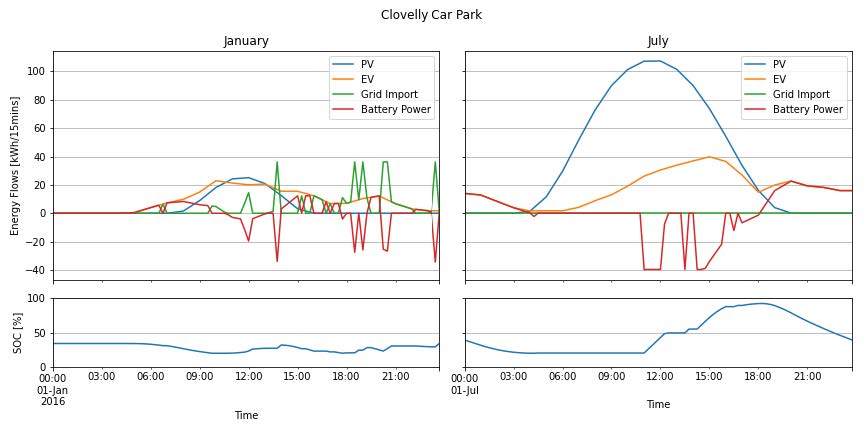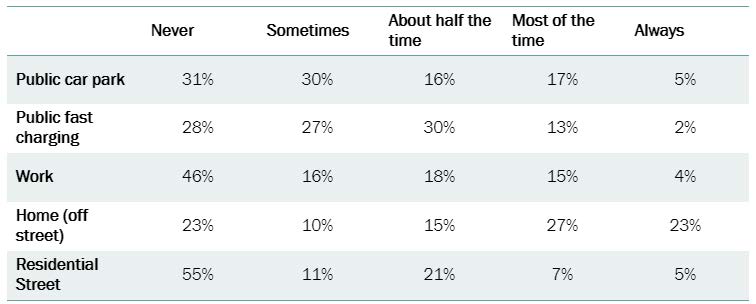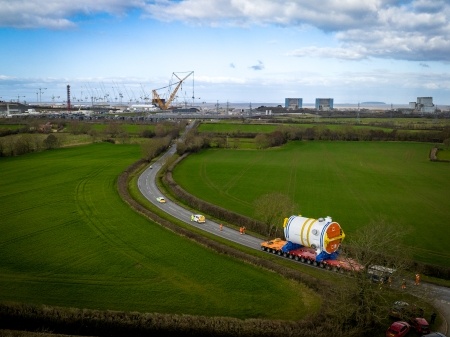
Helping Rural Communities Benefit from Electric Vehicles
The UK needs innovative solutions to build a future-proof EV charging network that works for everyone. The EDF Group, as a player in the energy supply and electric vehicle charging, has the ability and responsibility to develop viable business propositions for all types of communities.
Over six months, EDF R&D and its partners (DG:Cities, Field Dynamics, Bonnet, and Devon County Council) explored electric mobility in rural areas through an Innovate UK project. The Rural Electric Mobility Enabler (REME) project had the following objectives:
a. Promote and support electric mobility growth in rural areas and identify ‘where and what’ the needs are.
b. Build more confidence in accessing charging points through innovative solutions that will build a greater choice of charging points for residents and visitors.
c. Offer/assess a range of value-added services to existing infrastructure (such as local authority and visitor attraction car parks), which promotes new local jobs.
d. Address both the drive to net zero and levelling up objectives by developing solutions to the issues of variable, seasonal, and charging demand, which supports both the local population and the tourist economy.
The Smart Customers team made two major contributions: it built a tool to estimate the costs of solar panels and an on-site lithium battery for supporting an electric vehicle car park, and it conducted a survey on consumer engagement and appetite for electric vehicles and charging, specifically targeting rural areas.
The team applied their tool to three car parks differing in size and usage. They found that they were able to consistently find suitable information for making cost assessments for each car park. The team could account for seasonal fluctuations in visitors and daylight hours and suggest a minimal solar array size that could meet the car park’s charging needs. The following figure shows the modelled power curves from the tool.

Working with a third-party survey provider, the team collected 1080 good-quality responses to a survey, with over half from individuals considering themselves to live in a rural area. The questions sought to uncover how rural residents viewed electric vehicles by polling their views on obstacles and appetite. The following table is an extract of one question looking at how individuals are likely to use charge points.

This project demonstrated that the necessary information and system models exist to allow commercial entities to develop solutions for rural communities. While the cost of equipment and materials remains a major barrier, EDF R&D is continuing to build its understanding of this market so that it can be well placed for supporting these communities.
Related articles

EDF UK R&D Net Zero Heroes: Ruth

Exciting progress on hydrogen plans for Heysham 2
